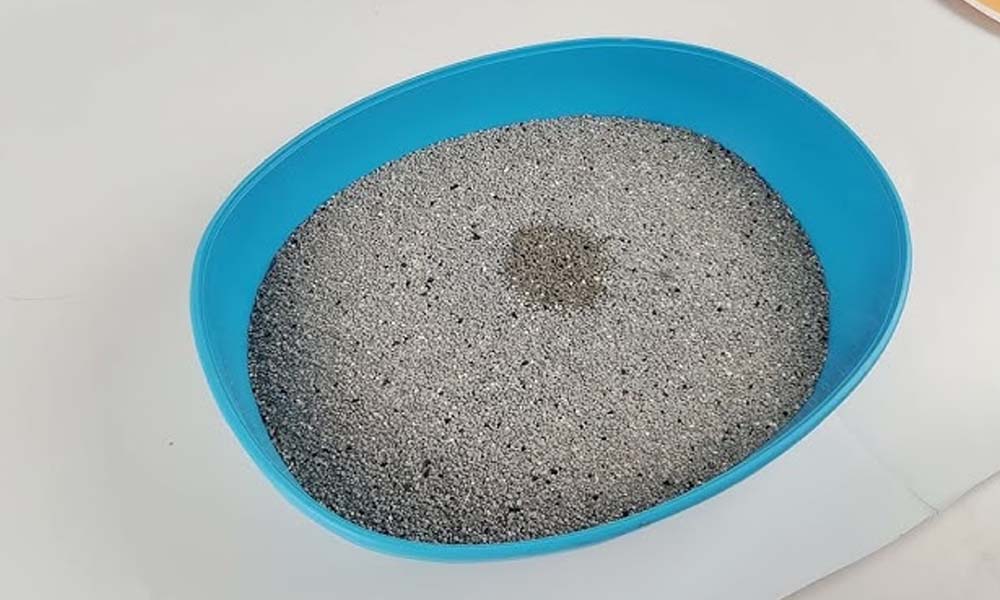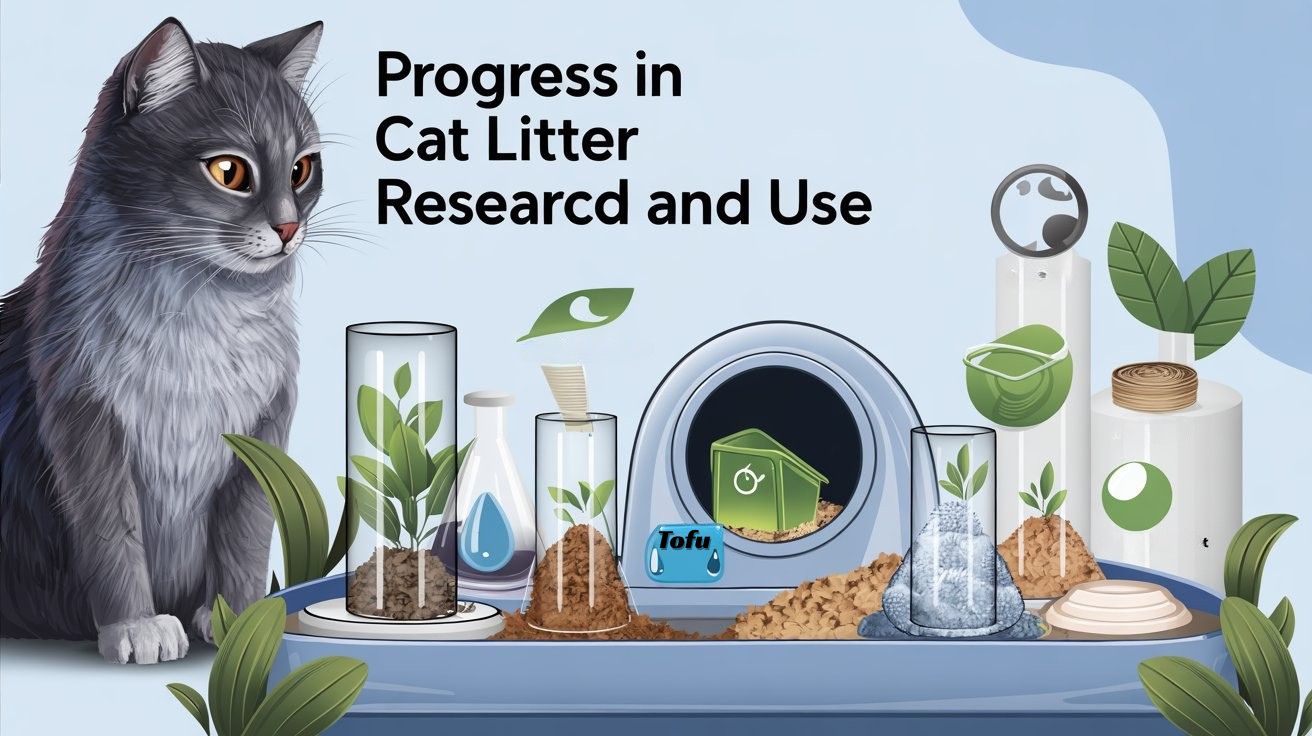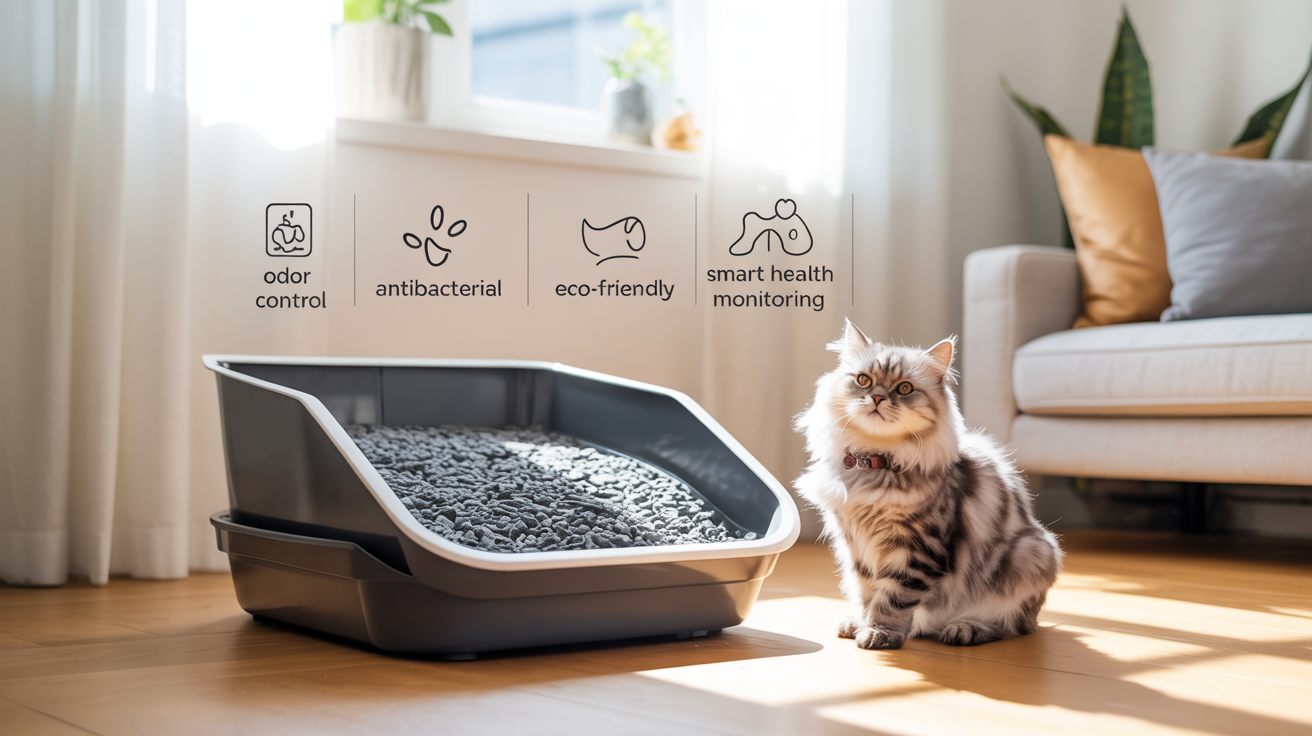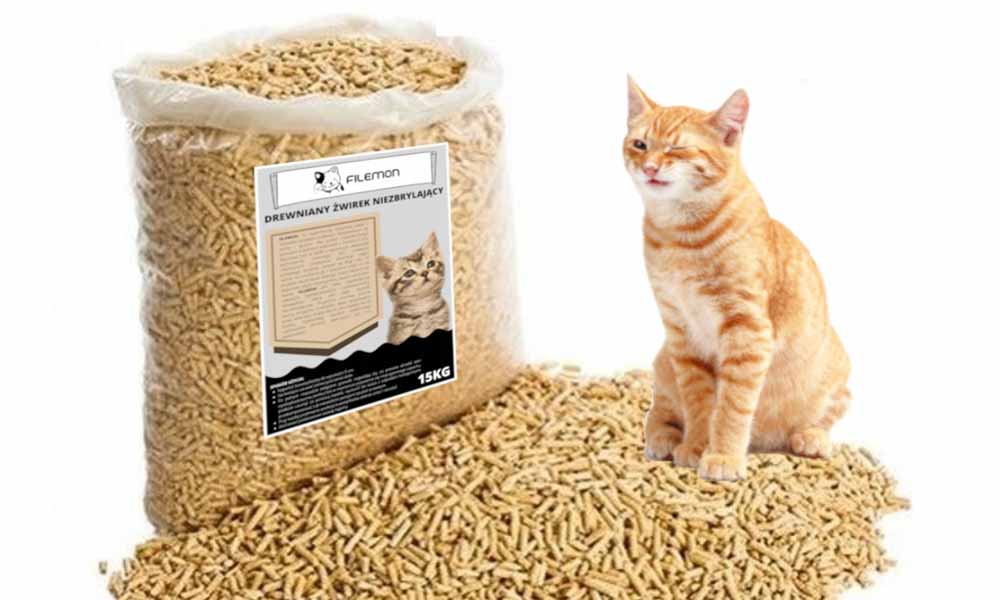The Shocking Environmental Impact of Bentonite Cat Litter
Bentonite cat litter has long been a favorite among cat owners for its superior clumping ability, effective odor control, and general convenience. But behind its popularity hides a story many pet lovers aren’t aware of—a story that’s both alarming and urgent. The environmental impact of bentonite cat litter is far more serious than most people realize.
From destructive mining practices to non-biodegradable waste, bentonite cat litter comes at a steep ecological cost. In this in-depth article, we’ll uncover the hidden toll this common household product takes on the planet. Whether you’re a concerned pet owner or an eco-conscious consumer, you’ll want to know how this seemingly harmless product could be contributing to environmental degradation.
What Is Bentonite Cat Litter?
Before diving into the environmental side of things, it’s essential to understand what bentonite cat litter actually is. Bentonite is a type of absorbent clay, formed from volcanic ash. When exposed to moisture, it swells and forms solid clumps—making it ideal for cat litter. The most commonly used variety in cat litter is sodium bentonite, prized for its high absorbency and tight clumping properties.
However, while its performance in the litter box is excellent, the process of obtaining and disposing of bentonite clay is far from eco-friendly.
How Is Bentonite Mined?
Here’s where the environmental concerns begin. Bentonite is extracted through strip mining, a practice that involves removing vast layers of soil, rock, and vegetation to access the clay beneath. This method is:
-
Extremely invasive
-
Destructive to natural habitats
-
Responsible for soil erosion
-
A leading cause of deforestation in some regions
Strip mining permanently alters landscapes and leaves behind large, unusable scars in the earth. It’s not just the land that suffers—local wildlife populations are displaced or destroyed, and aquatic ecosystems may be contaminated by runoff from the mining site.
The Hidden Carbon Footprint of Bentonite Cat Litter
Mining is just the start. The production, packaging, and global transportation of bentonite litter contribute significantly to its carbon footprint.
Let’s break it down:
-
Extraction: Heavy machinery used for strip mining runs on diesel, emitting large amounts of CO₂.
-
Processing: The raw clay must be dried and refined, often using fossil fuels.
-
Packaging: Most bentonite litters are sold in plastic bags or non-recyclable containers, which adds to plastic pollution.
-
Shipping: Tons of litter are shipped around the world, consuming fuel and adding to greenhouse gas emissions.
The end result? A product that leaves a huge environmental mark long before it ever reaches your cat’s litter box.
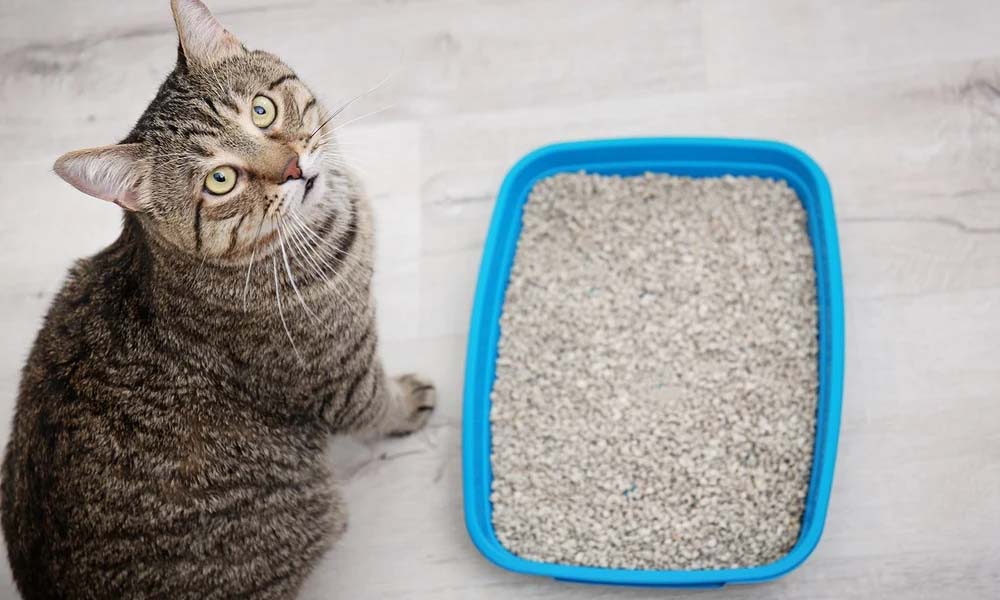
Non-Biodegradable Waste: A Growing Problem
Unlike plant-based or biodegradable litters, bentonite clay does not break down in landfills. In fact, it stays intact for decades or even centuries. Multiply this by the millions of cats worldwide and you get a staggering volume of non-compostable waste generated each year.
Worse still, used cat litter cannot be composted or flushed (due to the risk of spreading toxoplasmosis and clogging plumbing). That means nearly all spent bentonite litter ends up in municipal landfills, where it contributes to the overflowing global waste crisis.
Water Pollution from Bentonite Runoff
Another environmental concern is water contamination. During mining, runoff water contaminated with clay particles, heavy metals, and other pollutants can enter nearby streams, lakes, and groundwater supplies. This runoff can:
-
Kill fish and aquatic organisms
-
Disrupt water ecosystems
-
Contaminate drinking water sources
And because bentonite expands when wet, it can also block waterways and alter natural water flows, affecting surrounding vegetation and animal life.
Land Degradation and Ecosystem Loss
Strip mining for bentonite often takes place in pristine natural environments, such as forests, grasslands, and deserts. Once the topsoil and native vegetation are removed, it’s incredibly difficult for the land to recover.
This results in:
-
Permanent habitat loss
-
Soil erosion
-
Loss of biodiversity
-
Reduced carbon sequestration potential
In many cases, restoration efforts after mining are poorly regulated or entirely absent, leaving behind ecological dead zones.
The Energy Cost of Manufacturing and Drying
The drying process of bentonite clay is another energy-intensive stage in production. After extraction, the clay is sent to processing plants where it’s dried in large industrial kilns. These kilns consume enormous amounts of natural gas or electricity—often generated from non-renewable sources.
This drying process is what gives bentonite litter its clumping capabilities, but it’s also one of the most carbon-heavy stages of the product lifecycle.
Transportation Emissions: The Global Impact
Much of the world’s bentonite clay is mined in regions like the United States, India, and China—but it’s exported globally. This requires:
-
Long-distance trucking
-
Cargo ship transport
-
Fuel-intensive logistics networks
The emissions associated with moving this heavy, bulky material across continents are significant, adding to the environmental cost of every single bag sold at your local pet store.
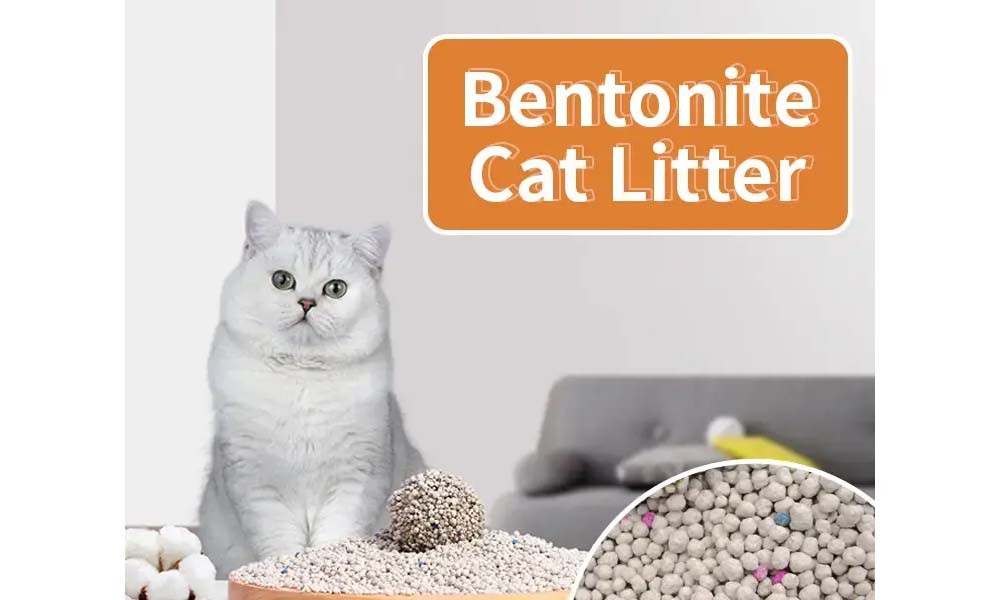
Plastic Packaging and Litter Pollution
Another often overlooked factor is the packaging. Bentonite cat litter is commonly packaged in:
-
Thick plastic bags
-
Plastic jugs
-
Composite containers with metal and plastic
These materials are difficult or impossible to recycle and often end up in landfills or as plastic pollution. Unlike biodegradable litter alternatives that come in paper or compostable bags, bentonite litter packaging contributes to the plastic waste epidemic.
Safer and Greener Alternatives to Bentonite Litter
Now that we’ve painted a clear picture of the environmental costs, let’s talk solutions. Fortunately, there are many eco-friendly alternatives to bentonite cat litter that are:
-
Biodegradable
-
Compostable
-
Renewably sourced
-
Low-dust and non-toxic
Top sustainable litter alternatives include:
-
Pine pellets (made from recycled wood)
-
Recycled paper litter
-
Corn or wheat-based litter
-
Coconut shell litter
-
Grass seed litter
These options offer similar performance with dramatically reduced environmental impact—and they’re often better for your cat’s respiratory health as well.
How You Can Reduce Your Cat’s Carbon Pawprint
Even if you’re not ready to make the switch, there are steps you can take to lessen the environmental impact of bentonite litter:
-
Use only what you need—avoid overfilling the litter box.
-
Buy in bulk to reduce packaging waste.
-
Switch to low-dust, fragrance-free formulas.
-
Recycle the packaging if possible.
-
Dispose of used litter responsibly—never flush it.
-
Transition gradually to a greener litter by mixing with biodegradable options.
Small actions, when multiplied across millions of cat owners, can lead to big environmental changes.
Final Thoughts:
Is Bentonite Cat Litter Worth the Cost to the Earth?
At first glance, bentonite cat litter seems like a harmless convenience. But once you peel back the surface, its environmental cost becomes hard to ignore. From destructive strip mining to permanent landfill waste, and from high carbon emissions to ecosystem disruption, this everyday product takes a serious toll on the planet.
If you’re a cat parent who cares about the environment, it’s time to rethink your litter box choices. Switching to a sustainable, biodegradable alternative isn’t just good for your cat—it’s a simple but impactful step toward a cleaner, greener future.
Let’s keep our homes fresh without trashing the Earth in the process.

